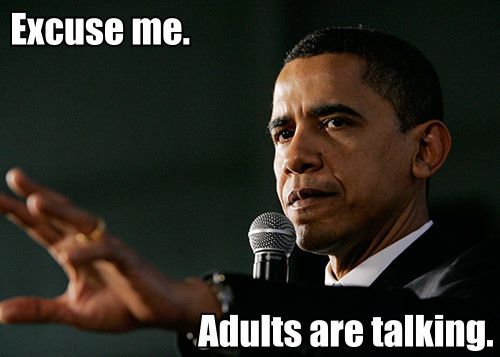On August 14, 1935, President Franklin D. Roosevelt, Democrat, signed the Social Security Act into law. Since that time, Social Security has been protected by Democratic presidents and Democratic Congresses.

FDR signing Social Security into law
The Social Security Act of 1935:
Before the 1930s, support for the elderly was a matter of local, state and family rather than a Federal concern (except for veterans’ pensions). However, the widespread suffering caused by the Great Depression brought support for numerous proposals for a national old-age insurance system. On January 17, 1935, President Franklin D. Roosevelt sent a message to Congress asking for “social security” legislation.
The act created a uniquely American solution to the problem of old-age pensions. Unlike many European nations, U.S. social security “insurance” was supported from “contributions” in the form of taxes on individuals’ wages and employers’ payrolls rather than directly from Government funds. The act also provided funds to assist children, the blind, and the unemployed; to institute vocational training programs; and provide family health programs.
Prior to Social Security, the elderly routinely faced the prospect of poverty upon retirement. For the most part, that fear has now dissipated.
Franklin D. Roosevelt, Democratic president, created a long-lasting program to keep our most vulnerable citizens out of poverty.










